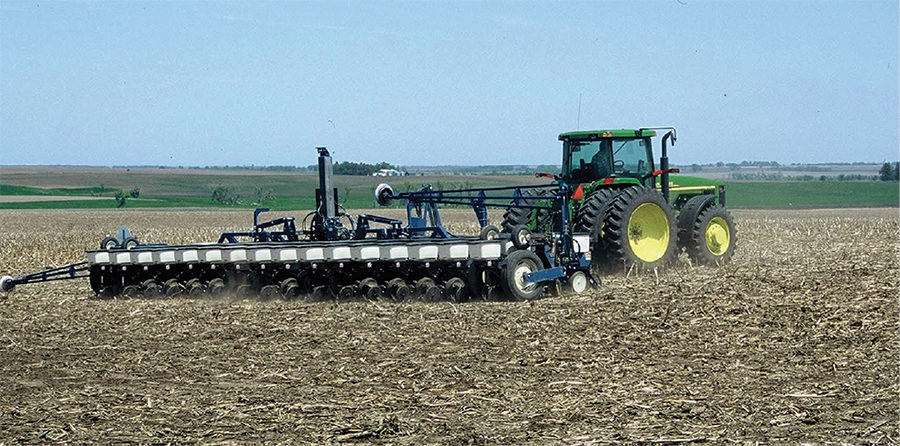No-Till Farmer
Get full access NOW to the most comprehensive, powerful and easy-to-use online resource for no-tillage practices. Just one good idea will pay for your subscription hundreds of times over.

Last year, the USDA’s Natural Resources Conservation Service conducted a county-level inventory of crop systems in South Dakota to capture a “snapshot in time” of the types of tillage systems being used.
The project was completed in June, after crop emergence but before the crop canopies closed, while it was still evident what type of cropping system had been employed to plant it.
The field observations in this study showed overall acres of planted cropland in South Dakota in 2013 increased by 857,437 acres since 2004 to 13,926,037.
The inventory also showed a 29% expansion in no-tilled acres in South Dakota since 2004 — the last time this type of data was collected — and no-tilled acres saw an increase of 1,426,504 acres.
No-till was found to be the predominant cropping system on 45%, or 6.2 million acres of South Dakota cropland, but the location of those acres has shifted, the NRCS says.
Field operations that left more than 30% residue cover on the soil surface after planting, including no-till, was used on more than 60% of cropland. The percentage of acres under conventional tillage systems was unchanged, but the location of the acres has shifted to eastern South Dakota.
The survey also found:
• The number of counties with less than 25% of their cropland acres under no-till systems decreased from 32 counties in 2004 to 22 counties in 2013.
• The number of counties with more than 75% of acres under no-till increased from…